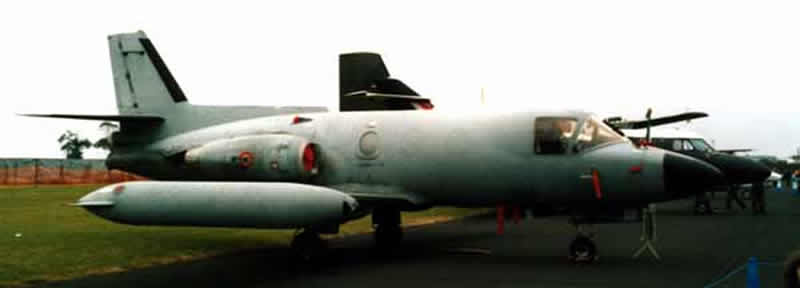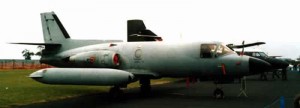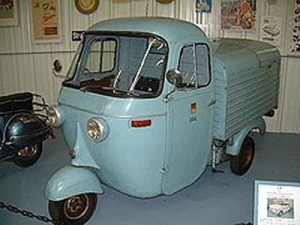Rinaldo Piaggio, 20, founded the Rinaldo Piaggio Company in Sestri Ponente, an industrial suburb of Genoa, Northern Italy, on the Ligurian Sea, in 1884, to produce ship fittings. Within the next 30 years, he branched into ship interiors, railway fittings, truck equipment, and, in 1915, the aeronautic field, which eventually included aircraft manufacturing and engine building, before his death in Genoa at the age of 71, in 1938.
Along the way, Piaggio set up a factory at Finale Ligure, then an establishment in Tuscany, and later, a factory in Pisa and, in 1924, Pontedera. By World War II, the company was one of the most important European aeronautics, railway, steamship and transatlantic liner manufacturers.
After the business was passed to his sons, Enrico and Armando, the company continued building aircraft, including Italy’s only heavy bomber, the PI08B.
The factory at Pontedera, which employed over 10,000, was a prime target for allied bombing raids during World War II, and was in ruins by the end of the war.
After the signing of the Allied Peace Treaty, Piaggio, like other Italian aircraft manufacturers, was prohibited from manufacturing aircraft. Enrico hit upon a solution for his company as well as his country, suffering from transportation problems including limited automobiles and gasoline, by producing a scooter as an alternative to both autos and bicycles. He got the idea after seeing an aeromoto paratrooper scooter that had been built for the Italian army during the war.
Design engineers Vittoria Casini and Renzo Spolti produced a prototype, Paparino, or “Donald Duck,” in 1945, which, due to its odd appearance, received guffaws from the press and public.
Forging ahead, Enrico enlisted designer and engineer Corradino D’Ascanio to make his dream a reality. Head of the company’s aeronautics division, D’Ascancio was familiar with a design technique called “unibody,” or stressed-skin bodywork, where the body is used to serve as the frame, as well as the outer skin. Using this technique, presently exclusively used for automobiles, he worked with Piaggio to also enlist desirable automobile traits for the scooter, to make it more attractive. It also needed to be easy to use and economical.
When Piaggio first saw and heard it run, he remarked that it reminded him of a wasp, leading to the name “Vespa.” It debuted at the 1946 Turin Show, and was an instant success. The Piaggio “Ape” three-wheeler followed, and then over 100 scooter/moped models.
During the forties, the company also debuted their luxury executive P136 aircraft. Other aircraft followed in the fifties and sixties. Also in the sixties, Piaggio’s aeronautic division became independent from its other activities, with the forming of IAM Rinaldo Piaggio SpA.
In 1964, Piaggio entered the jet age with its twin-engined PD-808, which served as trainer and executive transport, and as the PD-808 ECM (electronic warfare aircraft), which was capable of carrying two pilots and three ECM operators.
Sixteen years later, in 1980, design activities began for the Avanti P180, at the engineering department of IAM Rinaldo Piaggio’s plant in Finale Ligure, Italy.
The Piaggio P180 is presently the fastest FAR 23 certified turboprop aircraft now in production.














